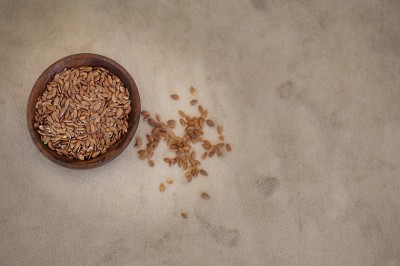How to Repair Your Kitchen Blender Quickly and Easily
As time passes even the most sturdy of blenders will start to wear down. If you like your daily smoothie and use your blender each day, then this is really true. In years past, people would always try to fix something before just throwing it away, but thats not the case today. Generally, its probably not worth it to take a blender to the shop to have it repaired. There are several easy fixes you can do yourself first though before sending that blender to its grave. Taking the time to do these checks to see if you can get your blender working again is certainly worth it.
Container Leaks
A leaking blender is very common as blenders age and are used frequently. Even high-end blenders that youll find on blender reviews websites will start to show this problem in time. Youll find the cause in the rubber gasket that is located within the blender blade assembly housing area. Over time the rubber gasket starts to wear down. However, if you find your blender leaking from an area other than the bottom, then theres probably a crack in the container. If thats the case it will need to be replaced. If its leaking from the bottom though, then the o-ring is probably the reason. To check, simply unscrew the blade assembly from the container and remove the rubber gasket. Then simply look for tears and damage. This part can be replaced very simply for a few dollars. You can buy one at any online retailer or home appliance store.
Damaged Blades
Another common problem with blenders will occur with the blades. In this case the engine will start to run, but the blades will turn too slowly. The cause of this happening is usually something blocking the blade assembly. You will have to take the assembly component out and clean each part with a brush. Food and drink remains have most likely been accumulating in the assembly and slowing the blades. Some of this gunk has built up over time, so you may have to soak the parts in soap or detergent for a few hours. Be sure to check your owner’s manual to make sure that this is OK to do for your particular blender brand. To get things moving even smoother, you can add some WD-40 to the blade assembly bottom. Just dont apply this to areas that will touch food. If all of this fails to work, then you’ll probably have to replace the whole assembly, which can also be purchased online or at most home appliance retailers.
Stuck Buttons
One other issue you may have with your kitchen blender lies with the buttons or the control panel. Often buttons will get stuck. A lot of times, food and drink and other ingredients will get stuck down in the button area. Even if you are careful and clean the buttons and control panel thoroughly, over time, food particle will still accumulate. You can take off the control panel sticker and clean behind this area. To get down between all of the crevices, you can use an old toothbrush. Some blender models will also let you remove the screws on the bottom of the unit and pull out the lower housing area so that you can get to the buttons easier. Before you take anything apart though, be sure to check the owners manual. A lot of times just a good cleaning will get those buttons working as good as new again.
Most of your simple blender problems can be solved by following this advice. Keep in mind that often a simple repair or replacement will save you the expense of having to get a new blender. By repairing your blender and not just throwing it away you are also helping to save the environment.
If you are not able to fix your blender, you can pick up a new one and read the blender reviews at GoBlendIt.com. They also have a list of the best blenders. You’ll also find some really good free healthy smoothie recipes on the site.
























